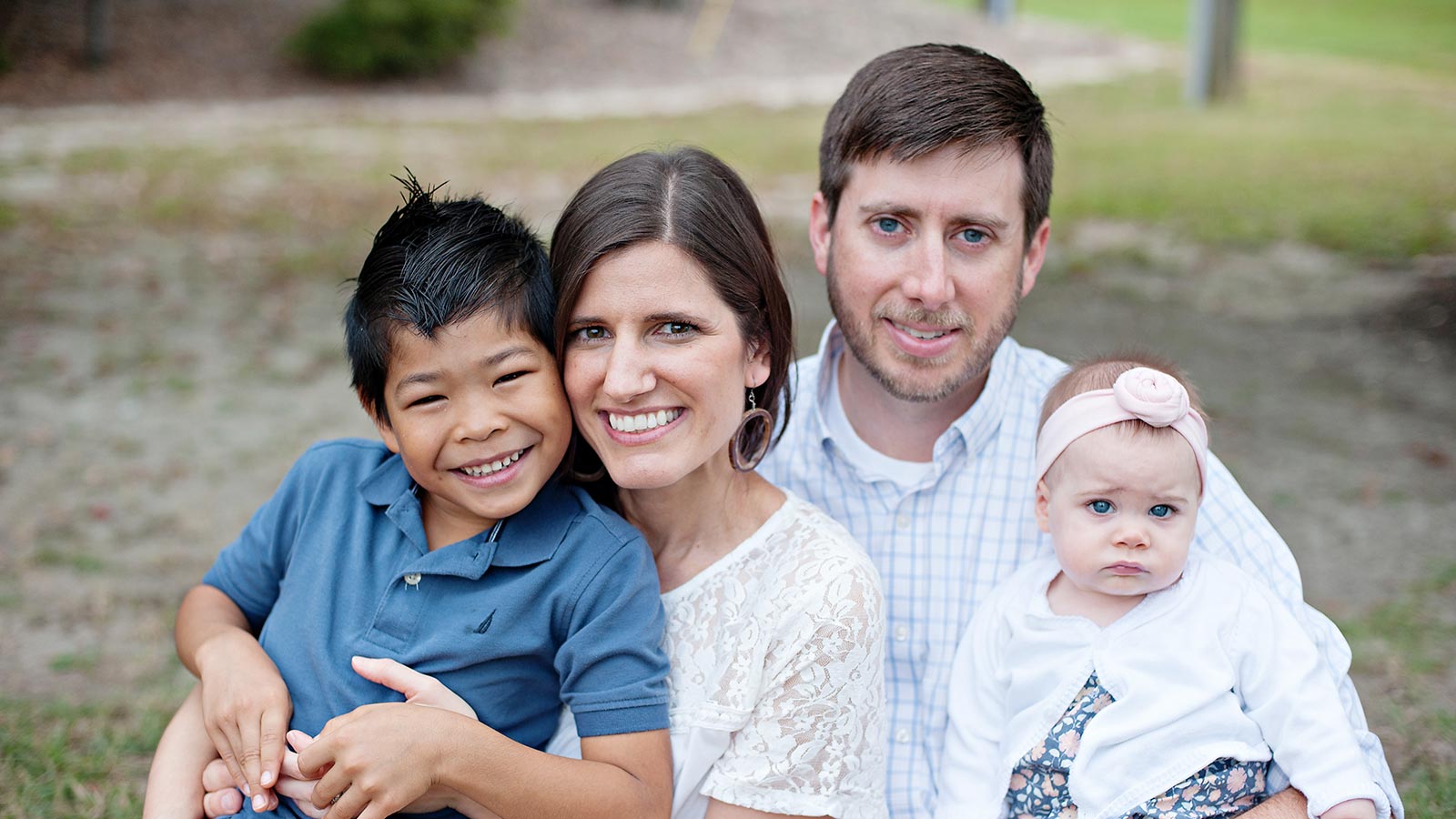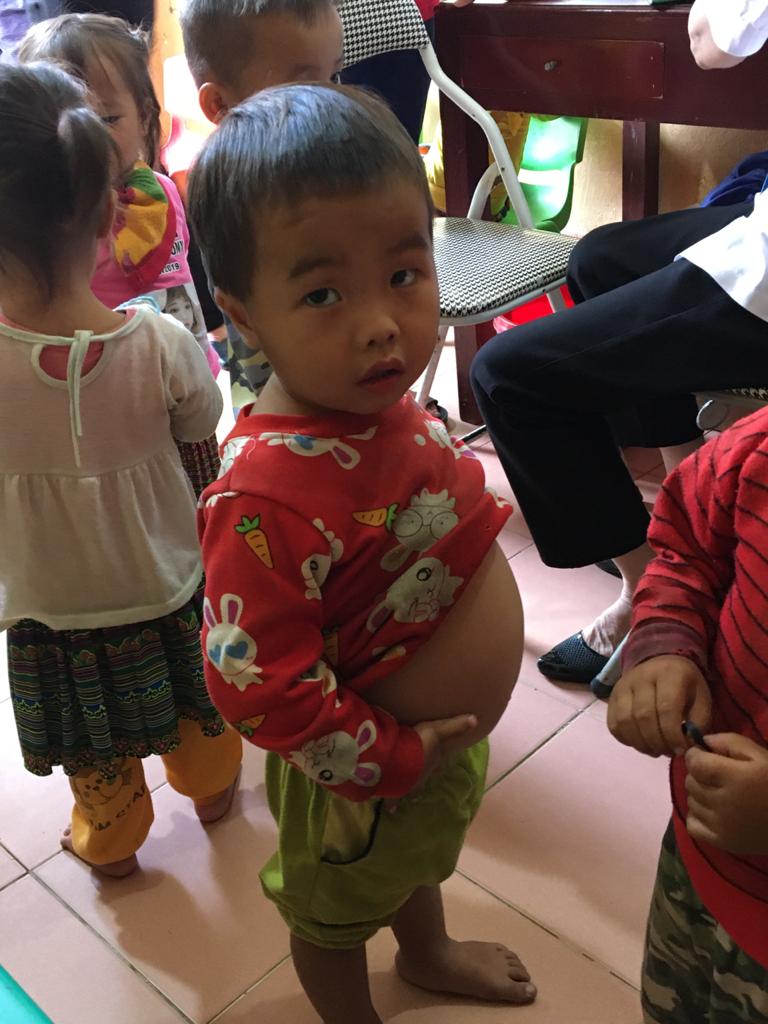Read about the four attachment styles and how learning yours can help you build a strong, loving bond with a child joining your family through adoption.
Generation to generation, almost as predictably as hair or eye color, parents hand down their own attachment styles to their children. In essence, children learn one of the most critical lessons about human interaction — how to connect and relate with others — from their parents and caregivers. They then grow up and pass that same pattern of connection on to their own children.
By the time an infant is 1 year old, they have settled into an identifiable relationship pattern matching their parents’ patterns. In adoptive families, however, there can be a mismatch in attachment style between parent and child, which can complicate bonding. When you adopt through Holt, you will receive resources that will help you to identify and learn about your personal attachment style along with feedback to help you parent your adoptive child.
As a sneak peak, read through the following characteristics of each attachment style and see if you can identify yours. Typically, when we are in a “good place,” we have one prevailing style. However, it is important to note that these styles are on a continuum and that you likely have characteristics of more than one.
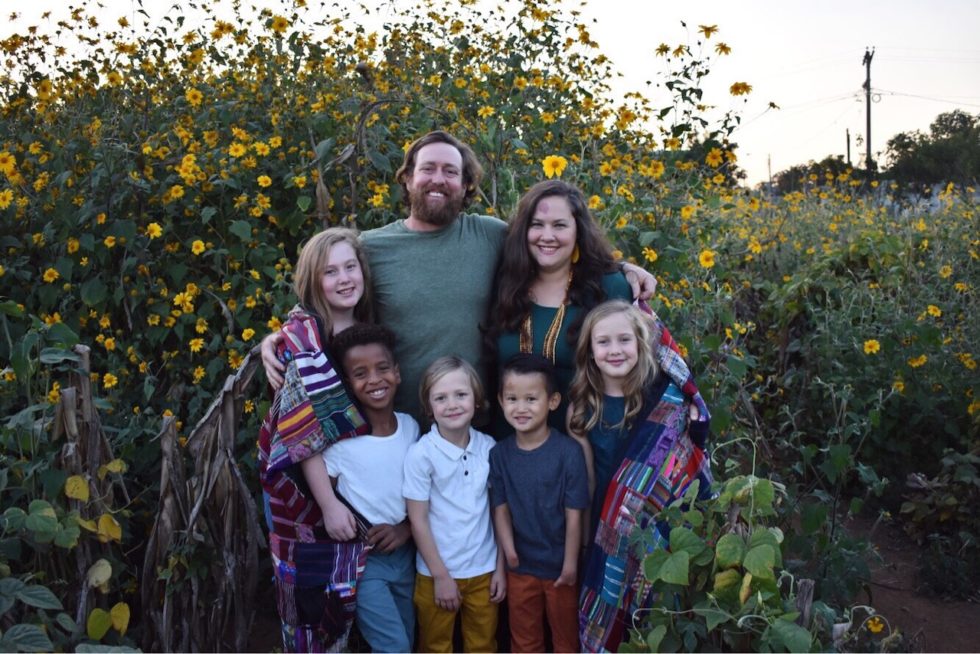
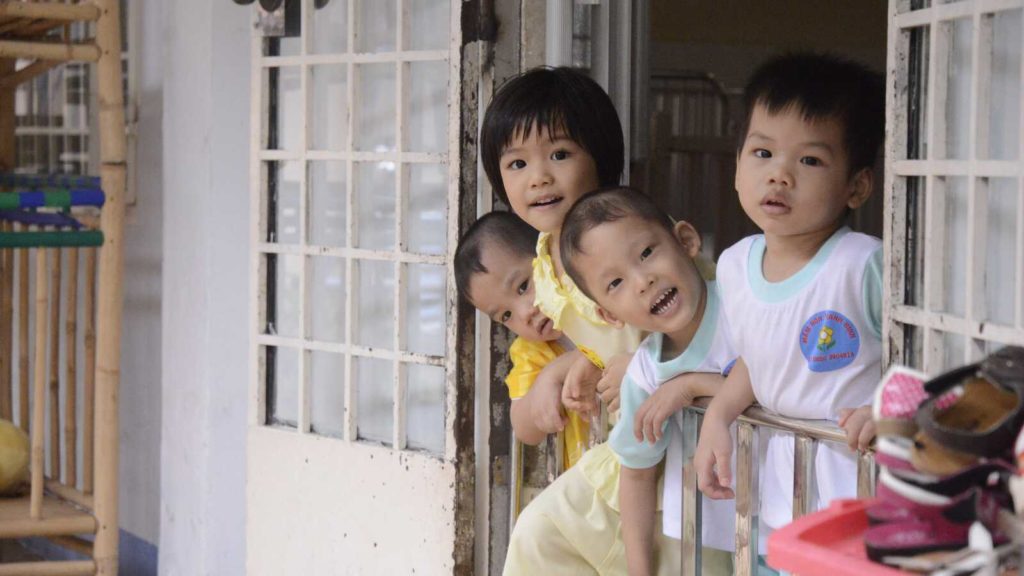
Help Protect International Adoption for Children
Your gift today will help a child be adopted, care for them while they wait, and even ensure that they receive critical post-adoption help for life!
The Four Attachment Styles
Type 1: Secure (Autonomous)
Just over half of the general population falls into this category. As infants, they had at least one parent or caregiver that clearly understood their needs and was able to meet their needs in a way that conveyed warmth, understanding and acceptance. These adults are unique in their ability to put themselves in their child’s (infant, teen, young adult’s) shoes, understand the child’s feelings, reflect back to their child with words and facial expressions their understanding of the child’s experience. They are able to calmly explain to their child what they are feeling without intimidation or shaming. Then, through a complex neurological process, the child is able to absorb the parent’s sense of calm and they then calm down in response.
Characteristics of Secure Attachment Style:
• Flexible in their views, trusting, forgiving, tolerant of differences
• Keeps in contact with friends and family for the long-term
• Turns to others in times of stress, available to others in their time of need
• Considered a “people person” (this does not necessarily require an extroverted personality)
• Comfortable with intimacy and depending on others without worrying about the relationship
• Good balance of structure and nurture in parenting
Parents are human and cannot be perfect all of the time. It is the majority of the parent’s interactions with their child that determines their category.
This summary may sound like a fairy godmother, but that is not how it works in real life. Parents are human and cannot be perfect all of the time. It is the majority of the parent’s interactions with their child that determines their category.
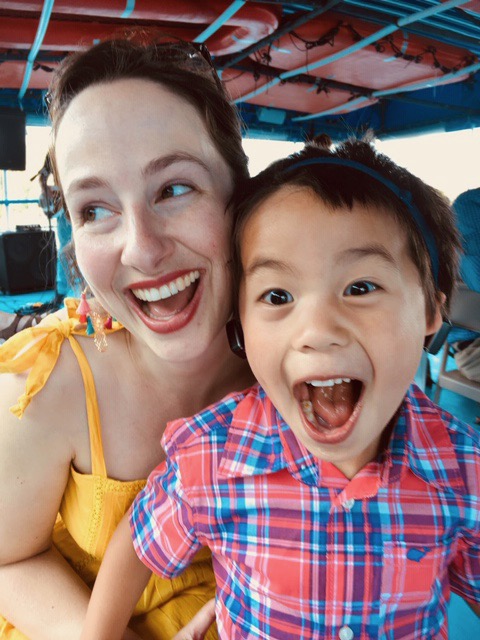
Type 2: Avoidant (Dismissing)
About 20-25% of adults have this as their main category. These parents are skilled at meeting their children’s physical needs. Their children are clean, neat, well-nourished and always arrive on time. These parents value personal strength, self-sufficiency and normalcy. As adults, they often power through difficult experiences, believing that it will make them stronger. Individuals with this attachment style value achievement and prefer life to be scheduled and structured. As a parent, they tend to fill the time with activities while avoiding the “touchy-feely” emotional aspect of parenting. The key word that sums up this attachment style is “independent.”
Characteristics of Avoidant Attachment Style:
• Controlled, cool under pressure, non-emotional, takes charge
• Equates intimacy with loss of independence; emotionally distant in intimate relationships
• Uncomfortable talking about emotions and tends to repress emotions
• Communication is intellectual and avoids conflict until they explode
• Prefers being alone; denies attachment needs, feelings and behaviors
• Withdraws and shuts down from interpersonal interactions during stressful situations
Type 3: Anxious (Preoccupied)
About 18% of adults fall into this category. Individuals with an anxious attachment style tend to have increased vigilance to the changes in others’ emotional states. They are very sensitive to other people’s cues. In parenting, it can be beneficial to be highly aware of your child’s feelings, but individuals with an anxious attachment style also tend to jump to conclusions, which often leads to misinterpreting others’ cues. Individuals with an anxious attachment style often worry about their relationships and, until they receive feedback that reestablishes their sense of security in the relationship, can be obsessive and worry that they are not valued and will be abandoned.
Characteristics of Anxious Attachment Style:
• Wants to be extremely emotionally close with others
• Worries about rejection and abandonment, preoccupied with relationship
• Poor personal boundaries and can be argumentative, combative and angry
• “Stirs the pot,” highly emotional, makes things too personal
• Suspicious, blames others, communication isn’t collaborative
• Fears small acts will ruin a relationship
• Discomfort when challenged by others
Type 4: Disorganized (Unresolved)
This style or category does not stand alone and most often presents itself in conjunction with one of the above styles. This style involves a past grief or trauma that continues to have a strong influence on the person as an adult. Some examples of unresolved grief or trauma include a death that wasn’t properly grieved, or a terrifying and overwhelming experience such as ongoing abuse or neglect that was not appropriately dealt with. How these unresolved experiences manifest in parenting behavior may be very subtle and often catch parents off guard, but there is always a significant impact on the attachment process.
It’s important to note that adverse histories do not always negatively impact a person’s ability to parent.
It’s important to note that adverse histories do not always negatively impact a person’s ability to parent.
While navigating relationships from a place of insecurity requires more emotional effort, it is the reality for many of us. Developing personal insight and relational skills will help to build your security. Attachment styles can change! When traumatic experiences are processed with a skilled professional, and/or through the presence of healthy adult relationships, we can heal and grow. Most importantly, once a parent has moved through the healing process, they can help their children down the path of healing as well.
Key Takeaways:
• Children learn attachment style from their parents or caregivers
• In adoption, there can be a mismatch between parent and child
• Holt provides tools and resources to help parents build a strong attachment with their child
To read more about attachment styles and how learning your own style can help you develop a strong and loving bond with your adopted child, read “The Power of Showing Up” by Dr. Dan Siegel and Tina Payne Bryson.
Pam Shephard, MSW, LCSW | Supervisor of Clinical Services
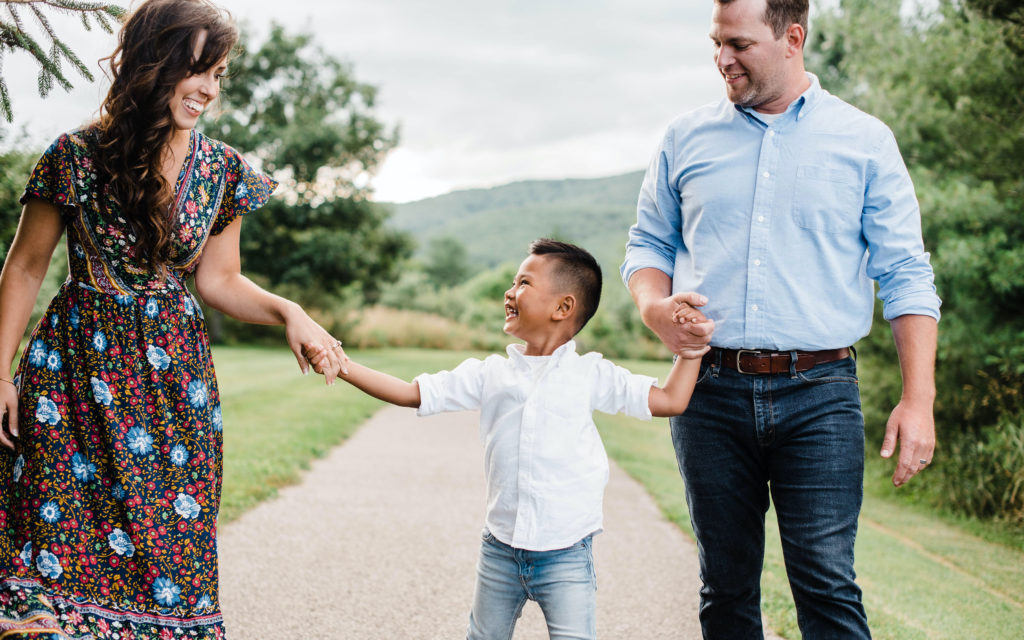
Learn More About International Adoption
We work with families in all 50 states to find loving homes for children from 11 locations around the world!
